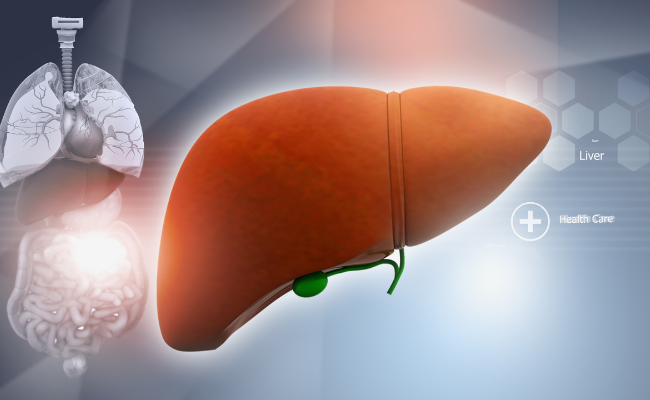How to Treat Liver Abscess Amoebic?
- November 01, 2023
- No Comments

What is Liver Abscess Amoebic?
Liver abscess amoebic, also known as amoebic liver abscess (ALA), is a type of liver infection caused by the parasite Entamoeba histolytica. This condition predominantly affects individuals living in tropical and subtropical regions, where the parasite is more prevalent. ALA can lead to significant health complications, so understanding its causes, symptoms, and treatment options is essential.
Why is Liver Abscess Amoebic a Concern?
Amoebic liver abscess is a serious condition that can cause significant discomfort and even life-threatening complications if not promptly treated. The infection occurs when the parasite Entamoeba histolytica invades the liver, leading to the formation of pus-filled cavities or abscesses. While this condition is more common in countries with inadequate sanitation and hygiene practices, it can affect individuals worldwide, especially travelers to endemic regions.
How is Liver Abscess Amoebic Diagnosed?
The diagnosis of ALA typically involves a combination of clinical evaluation, laboratory tests, and imaging studies. Common diagnostic procedures include:
- Physical Examination: Doctors will assess the patient's physical condition and look for signs of liver tenderness or enlargement.
- Blood Tests: Blood samples are tested for specific markers and antibodies that indicate the presence of Entamoeba histolytica.
- Imaging: Imaging studies, such as ultrasound, computed tomography (CT) scans, or magnetic resonance imaging (MRI), can help identify the size and location of the abscess.
- Liver Aspiration: In some cases, a needle aspiration may be performed to collect a sample of the abscess fluid for further examination.
Treatment Options for Liver Abscess Amoebic :
The primary goal of treating ALA is to eliminate the amoebic infection and manage the associated symptoms. Treatment typically involves a combination of medications and, in some cases, drainage of the abscess.
Medications:
- Antiamoebic Drugs: The first-line treatment for ALA is antiamoebic drugs, such as metronidazole and tinidazole. These drugs target the Entamoeba histolytica parasite and help eliminate the infection.
- Abscess Drainage: In some cases, especially if the abscess is large or causing severe symptoms, the healthcare provider may recommend draining the pus from the abscess. This can be done through a needle aspiration procedure or a more extensive drainage surgery.
Percutaneous Drainage:
- Percutaneous Drainage: If the liver abscess is particularly large or not responding well to medication, percutaneous drainage may be necessary. During this procedure, a needle is inserted through the skin and guided into the abscess cavity to drain the accumulated pus. The fluid is then sent for analysis to confirm the presence of the amoeba and ensure the effectiveness of treatment.
Benefits of Treating Liver Abscess Amoebic :
Prompt and effective treatment of liver abscess amoebic offers several benefits, including:
- Resolution of Symptoms: Treatment helps relieve symptoms like abdominal pain, fever, and nausea, improving the patient's quality of life.
- Prevention of Complications: Timely intervention can prevent serious complications like rupture of the abscess, peritonitis (infection of the abdominal cavity), and sepsis.
- Preventing Disease Transmission: Treating the infection prevents the spread of the amoeba to others, as it is primarily transmitted through the ingestion of contaminated food and water.
- Restoring Liver Health: Successful treatment leads to the resolution of liver abscesses and helps preserve liver function, preventing long-term liver damage.
- Avoiding Recurrence: Proper treatment reduces the risk of recurrence and allows patients to resume their normal activities without the fear of a relapse.
Comments (0)